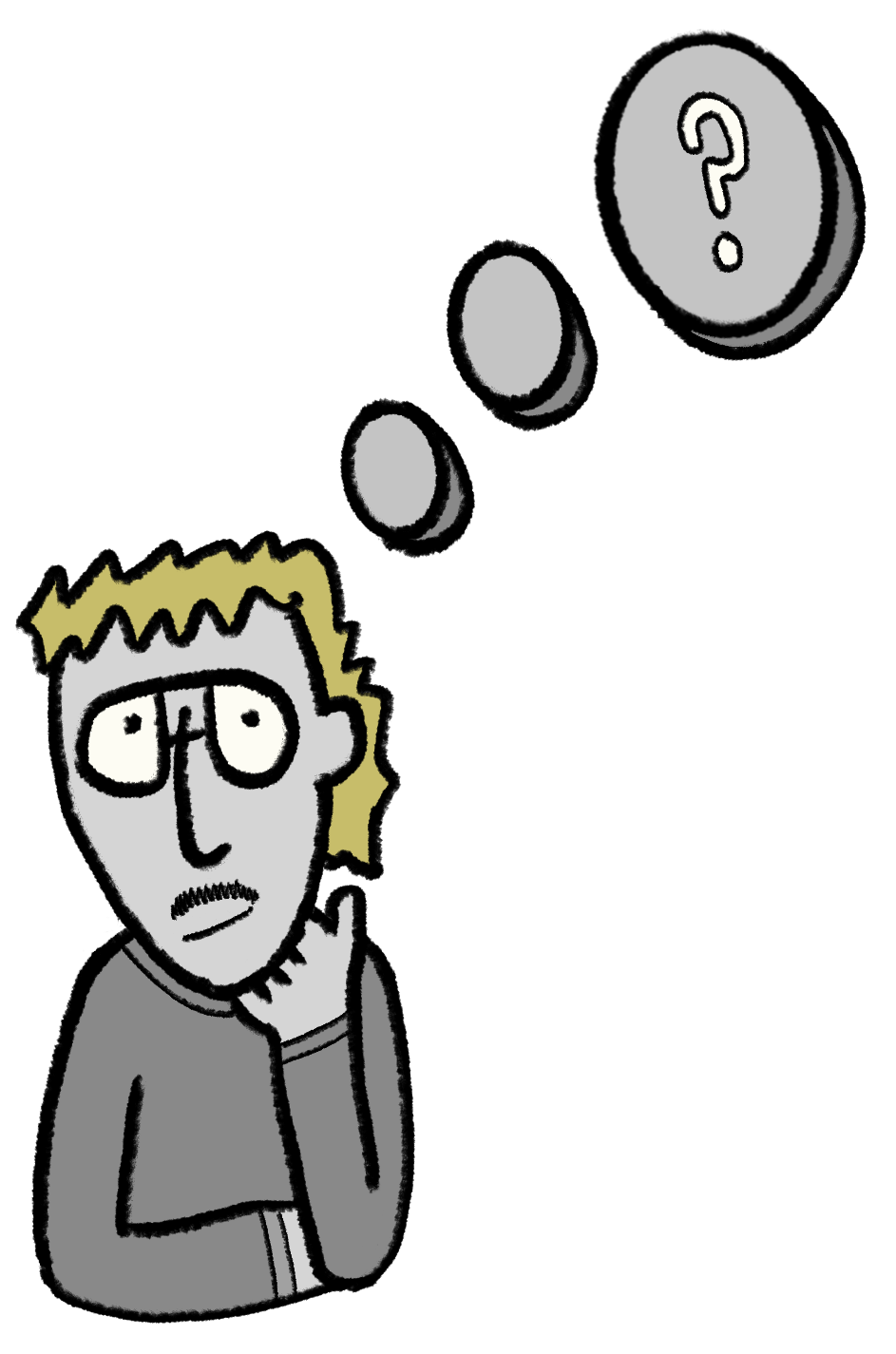Curiosity and Optimism.
A potent combo of
natural inclination and intentional mindset.
I’ve got em both
and I know how to use em.
Always be solving
Recently on a family canoe trip, my son’s fishing line became a knotted mess - a classic scenario to be sure. We were sitting in the sun alongside the river with nothing to do and nowhere to be.
It took twenty minutes to unravel the line, and in that time my breathing was calm, my I found myself breathing deeply; confident that win or lose, I’d find some joy in just working the problem.
When I apply myself on a professional level, I’m always looking for the loose end I can pull to unravel the knot
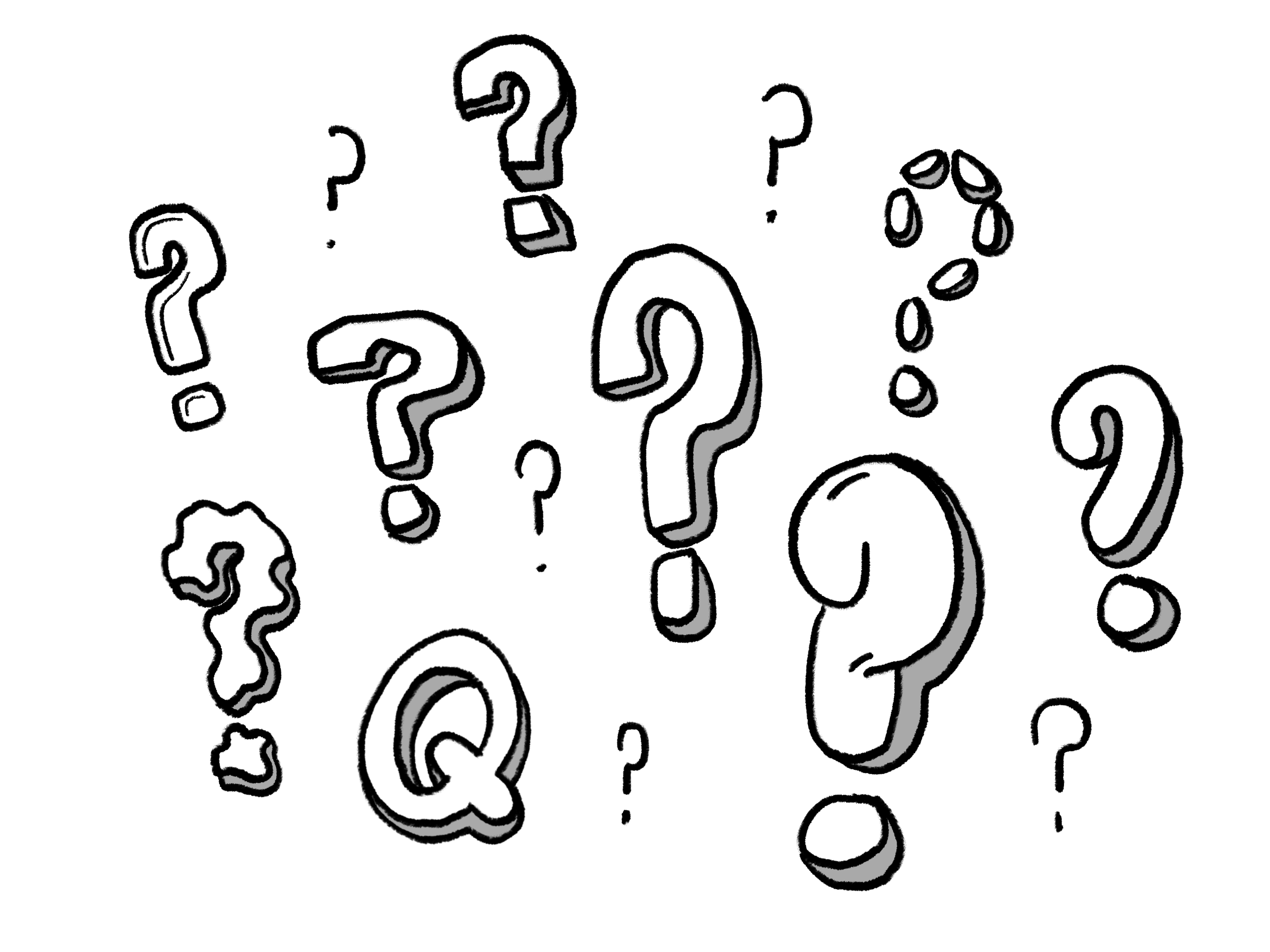
Asking Questions
I was the kid who couldn’t stop talking in class. These days I get paid to ask questions every day.
Knowing what to ask and when is a learned skill that I’ve honed over time and it’s one I’m excited to practice regularly.
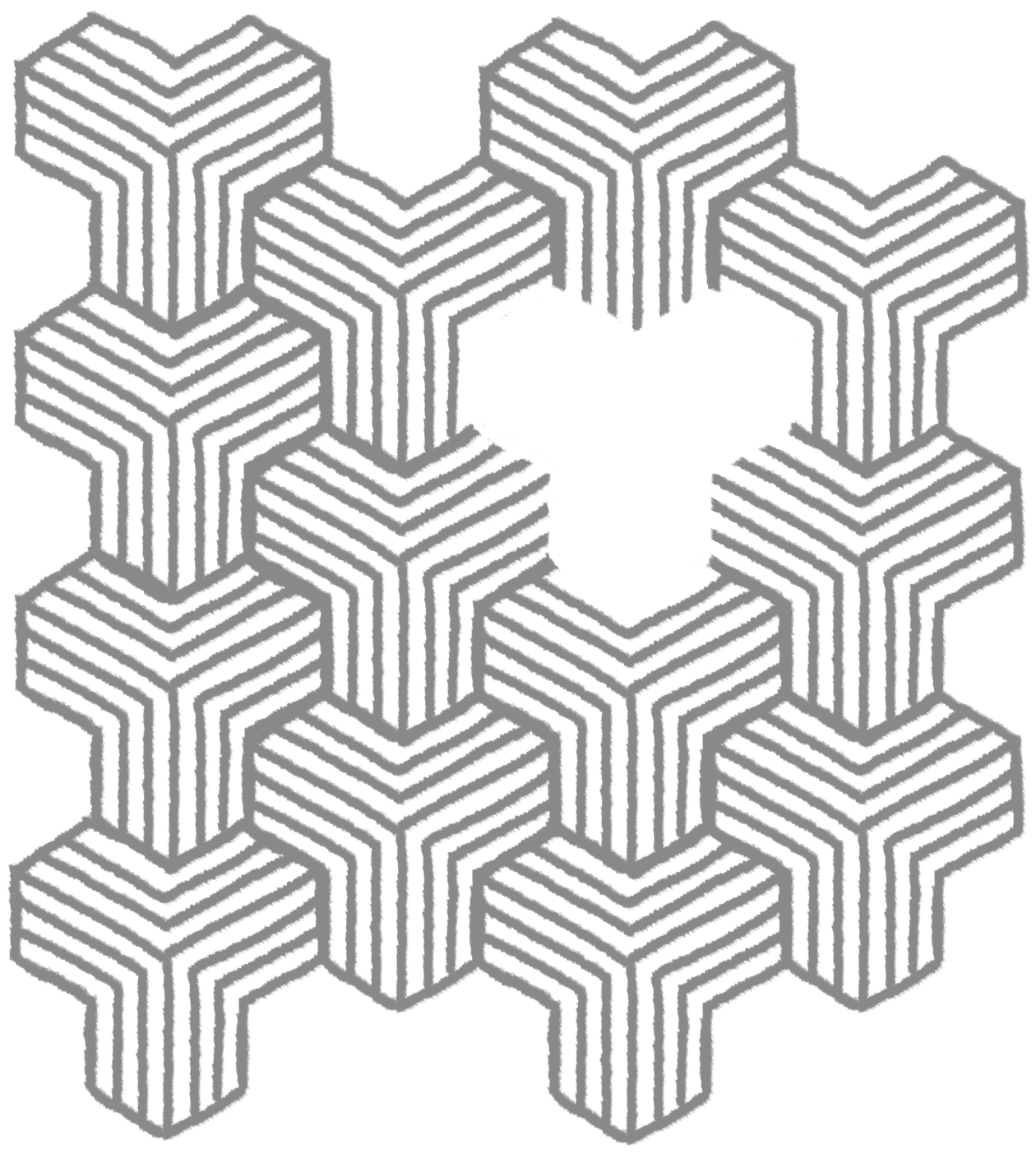
Pattern Recognition
This feels like a weird superpower no one else can see. Do you also see patterns everywhere you look?
It’s a little woo-woo, but I can see a problem and a path from miles away. It’s saved a project more times than I can remember.
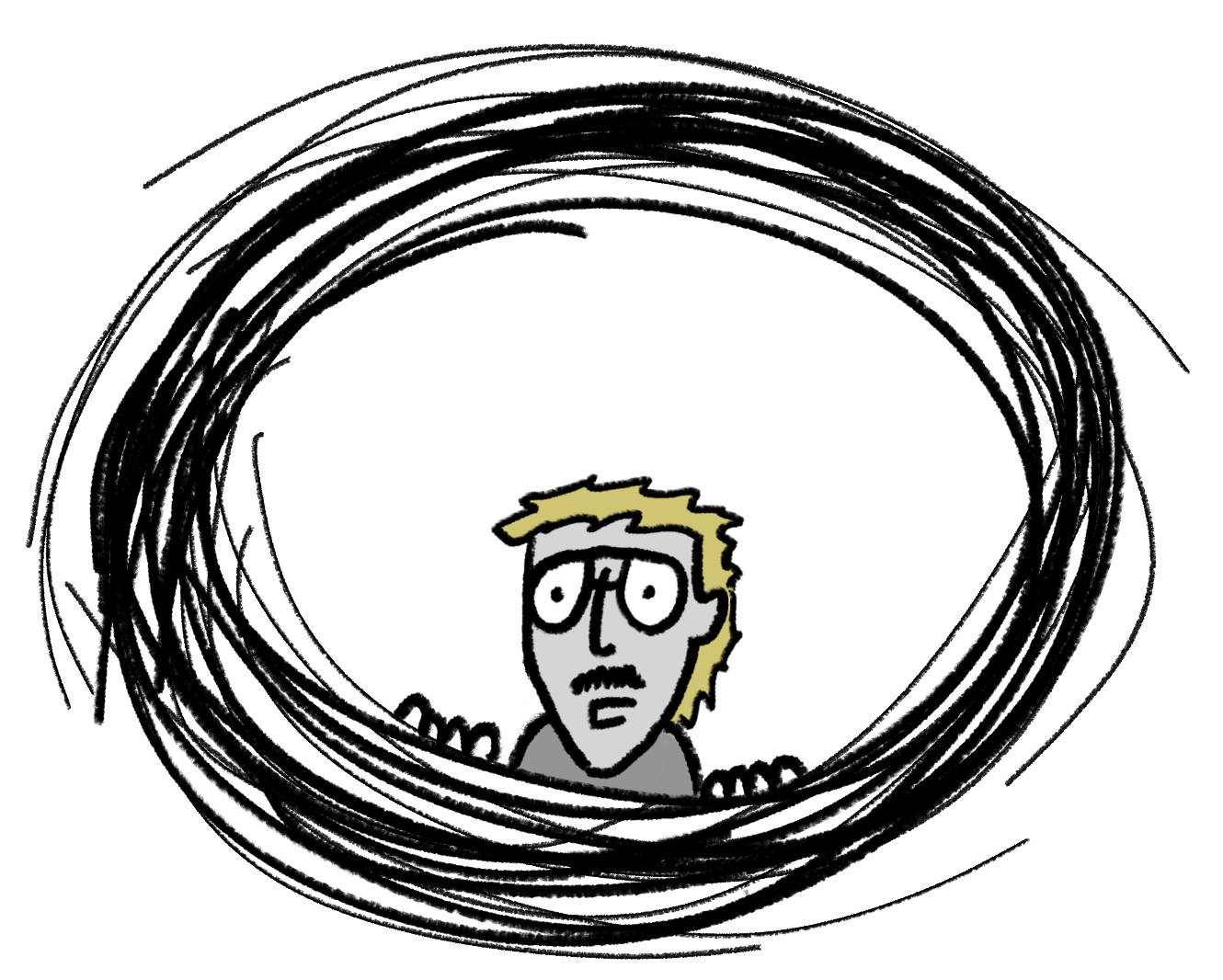
Deep Dives
You’re telling me you don’t see the patterns everywhere?
This feels like a weird superpower no one can see.
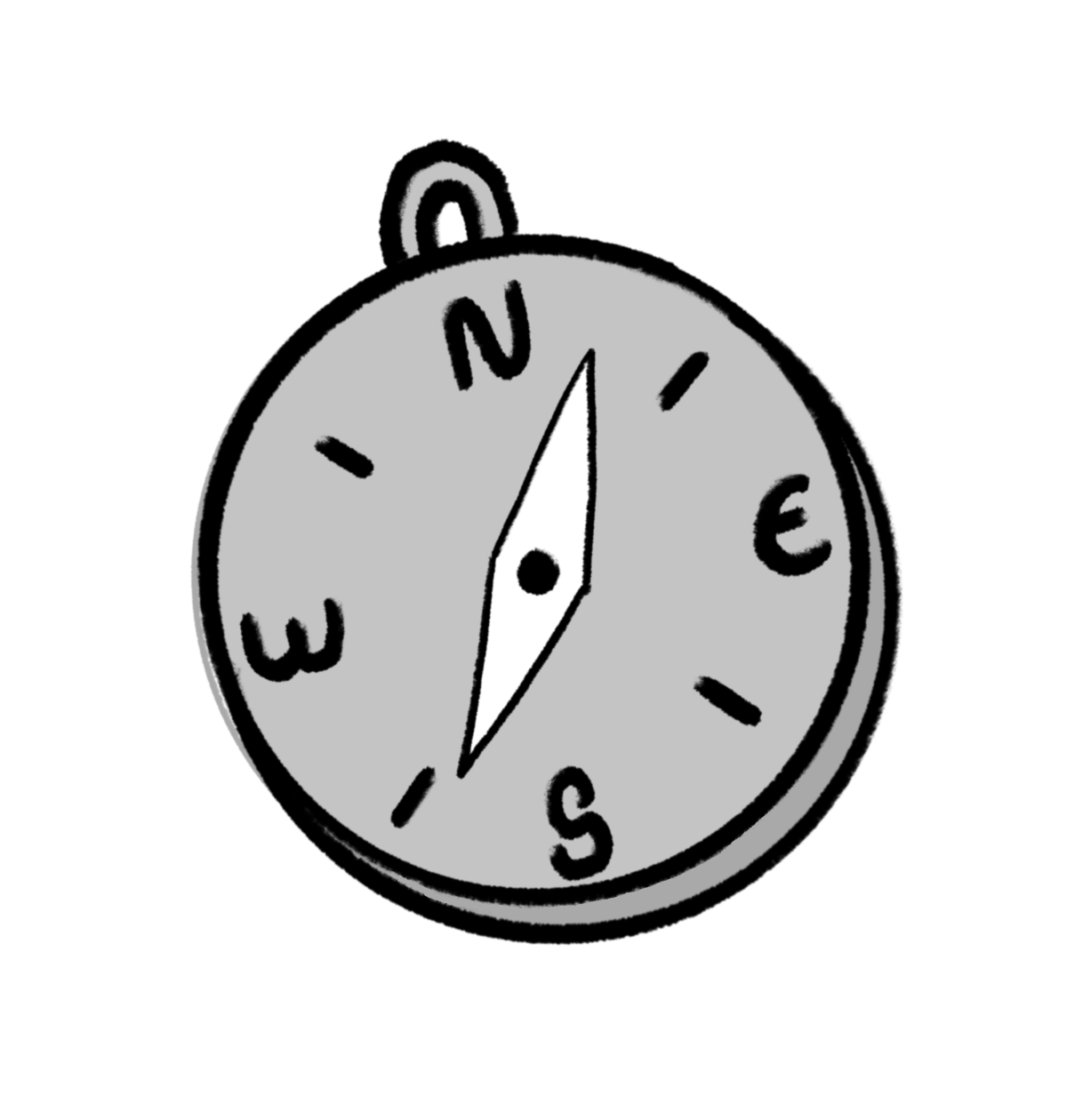
Navigating Ambiguity
As a developer I solved finite problems. Layout, content – these were the focus of my attention.
As a leader I now spend my time bringing clarity to complex and oftentimes difficult problems. Leveraging my experience, I help teams make decisions and take action to move forward.
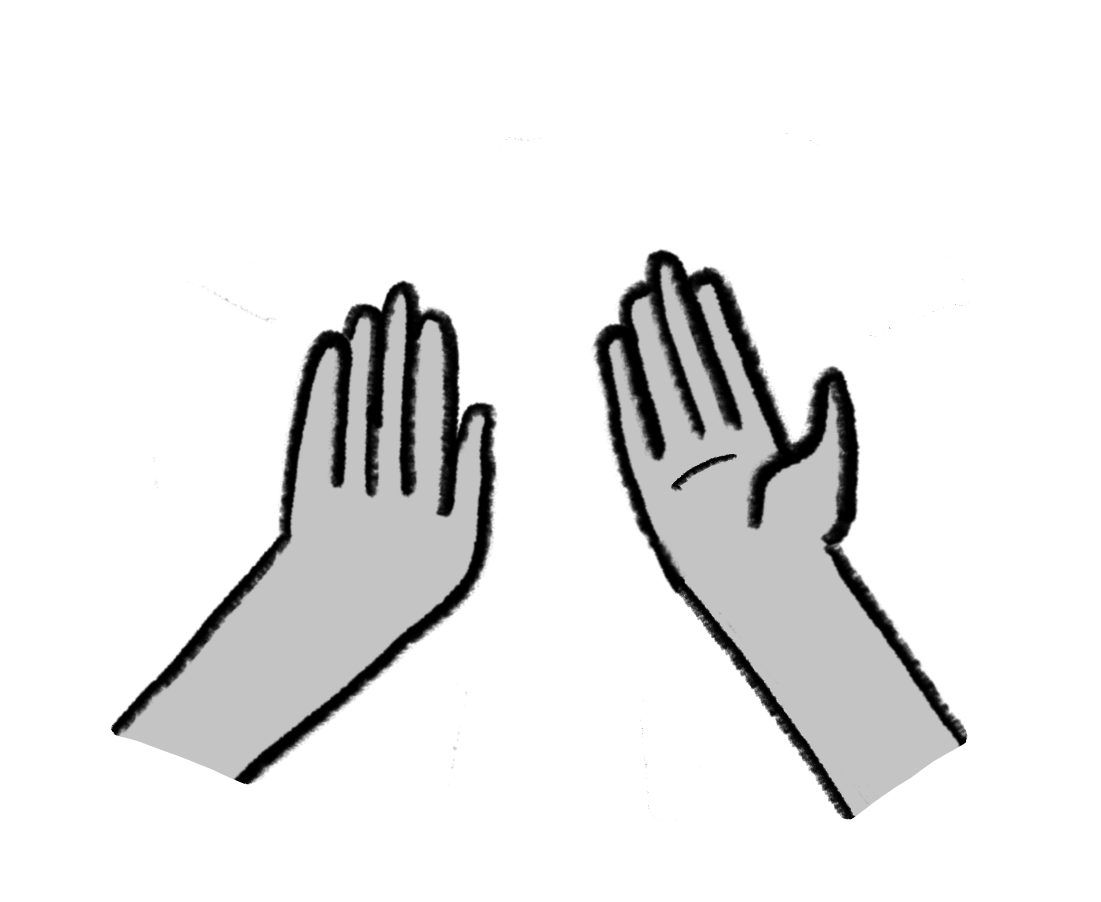
Mentorship
My journey has been anything but a straight line, and the experiences I’ve collected provide a perspective that can help others plot their own paths.
As someone who cut their own way into this world, I enjoy mentoring folks who also find creative ways to make a living.
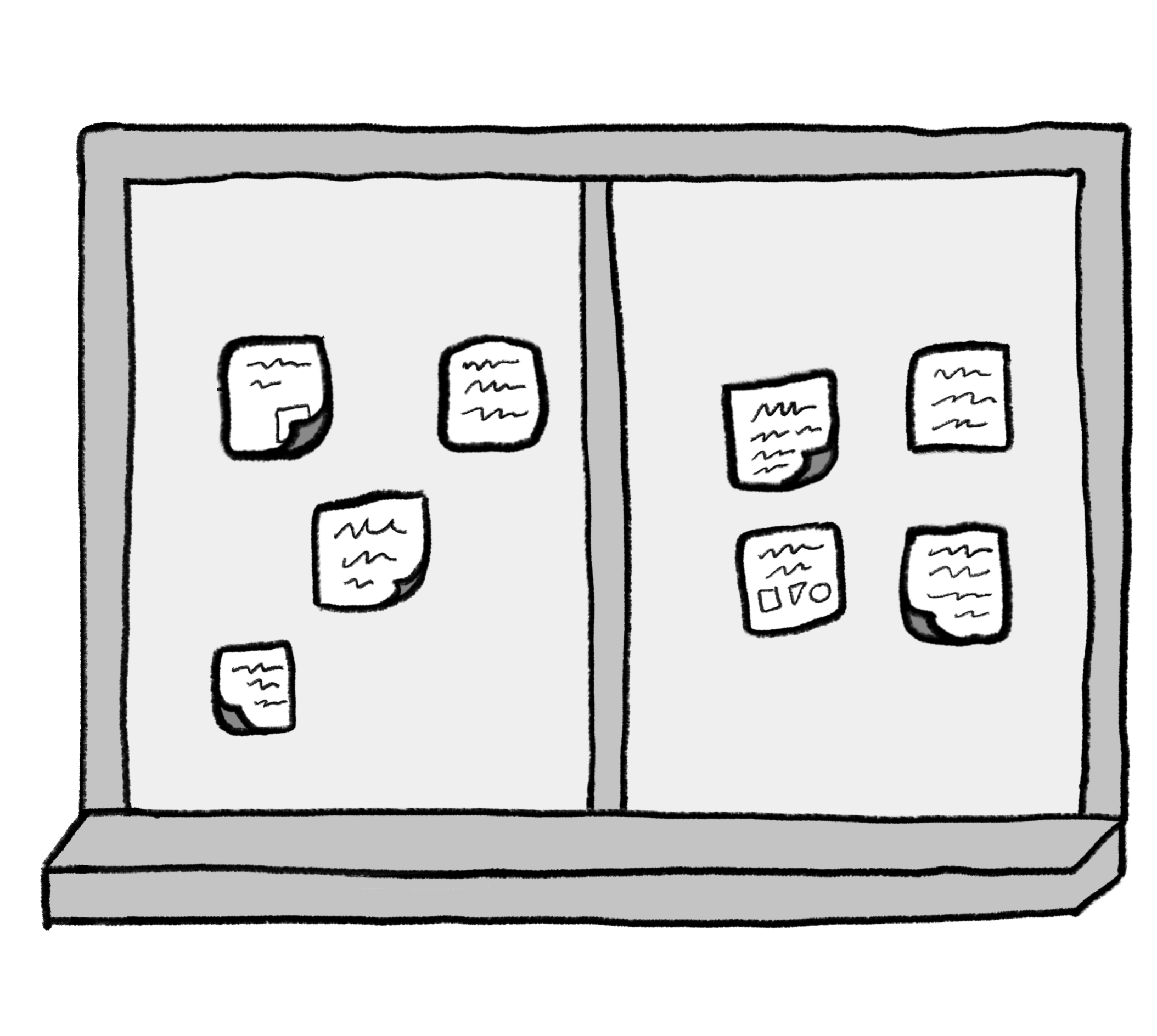
Hands-On Workshops
We’ve got a big problem to solve. We’ve got a pack of sharpies, a pad of Post-It’s, it’s Wednesday and we’re in a conference room.
Hit it.
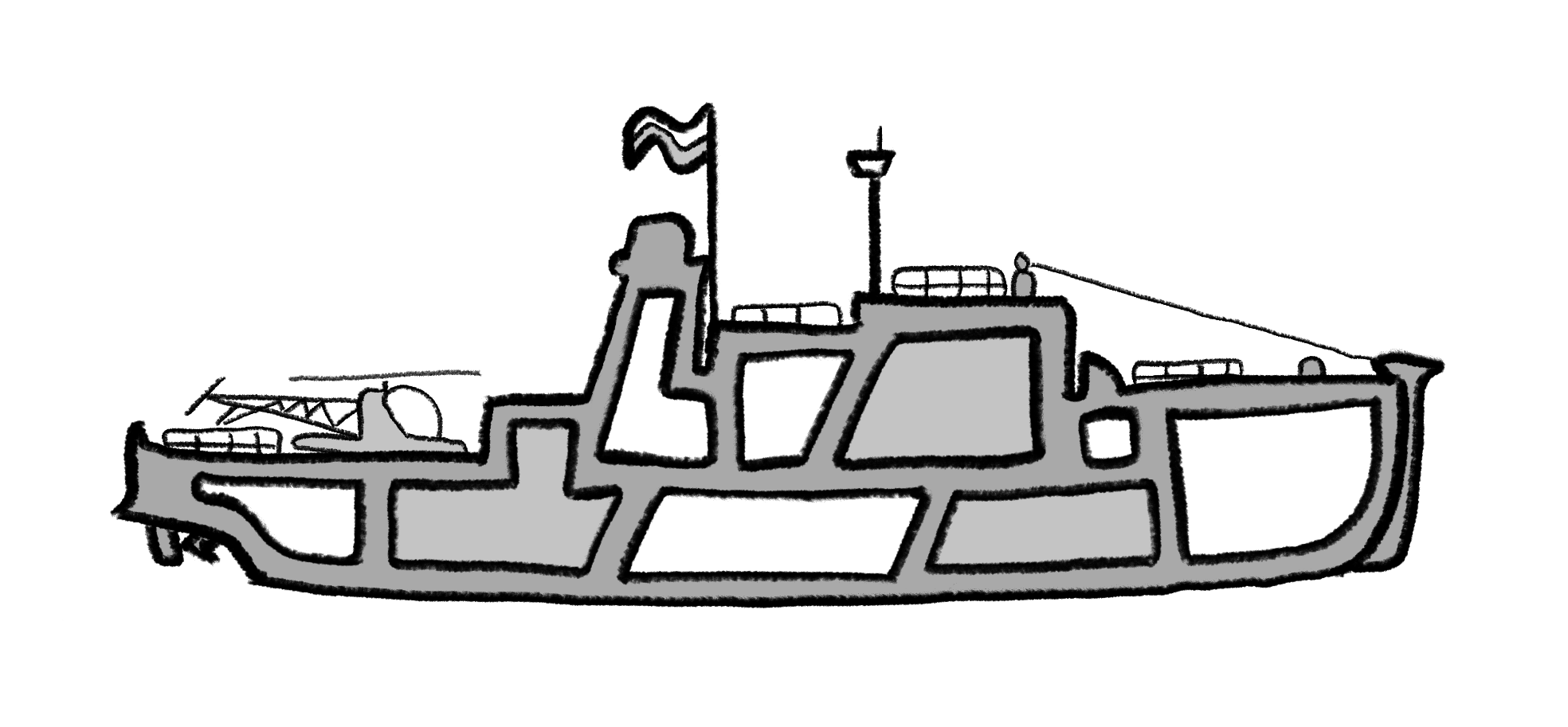
Visual Communication
Sometimes what we really need is a rallying point. A change of scenery. Or a boat.
Whether it’s a Figjam or a real life whiteboard, creating something unique and memorable can change the whole direction of a project by identifying sticking points and bringing a team together.
It’s also super fun to draw boats and maps!
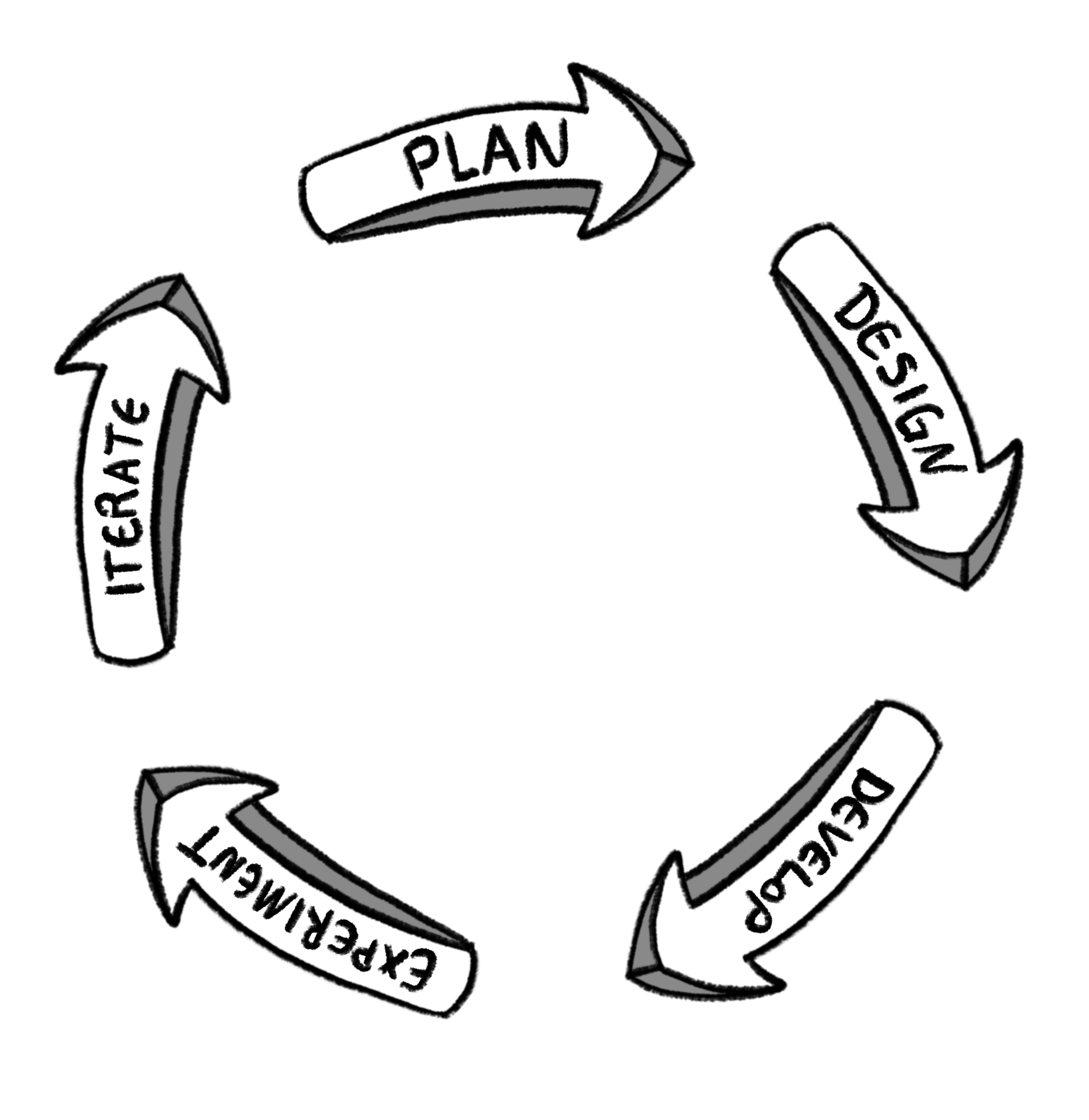
Constantly Learning
Building things people really want is hard.
Finding things that resonate and improve a person’s experience is never straightforward, but with a simple framework of experimentation and iteration, the odds are better that what you’ll create the something that makes someone’s day.
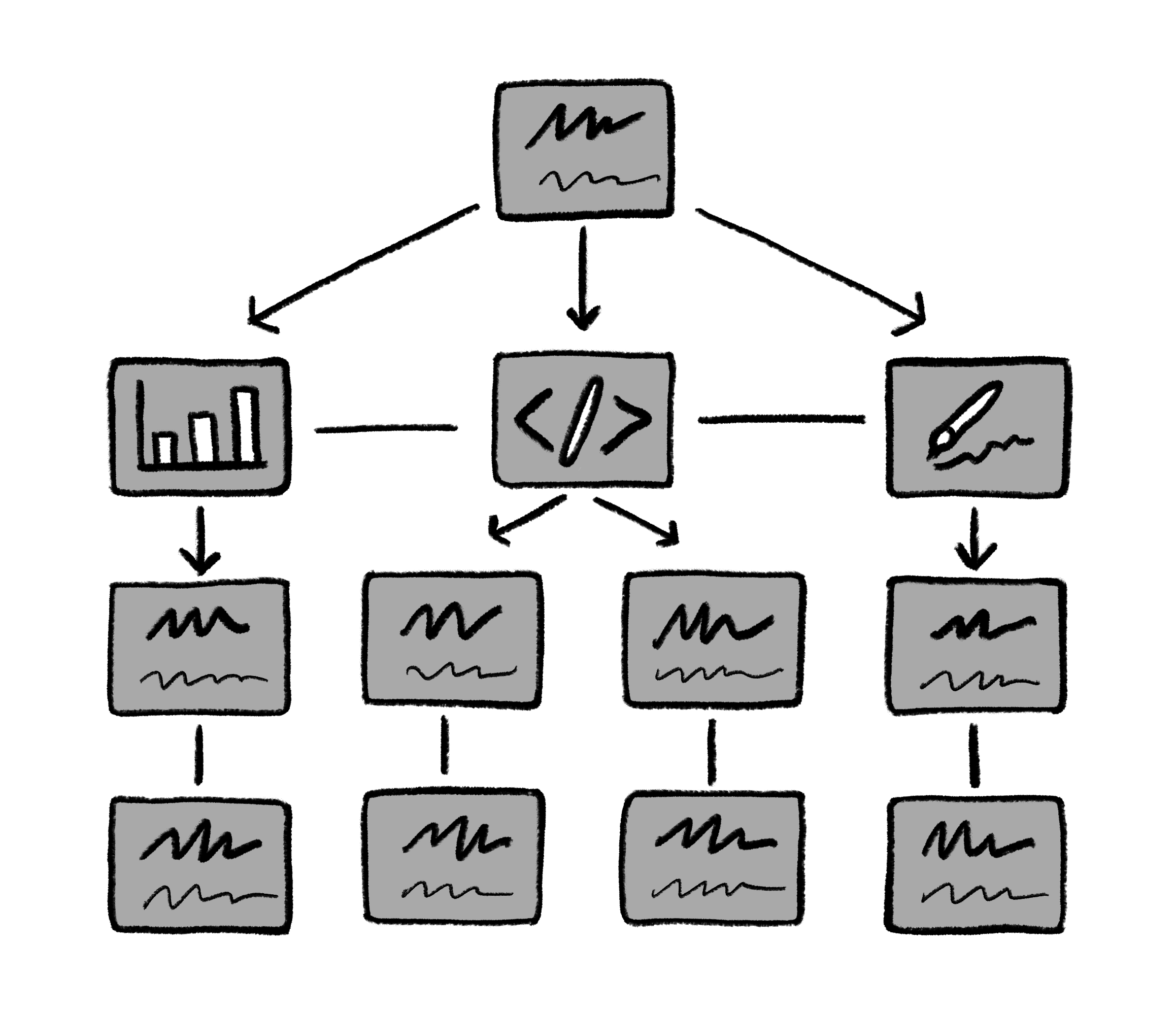
Functional Orgs
Working with a small team has some great benefits. Teams of designers, engineers, and product folk work across the studio while developing their craft.
It’s like being surrounded by little guilds of wizards who constantly surprise you with the newest thing they’ve made.
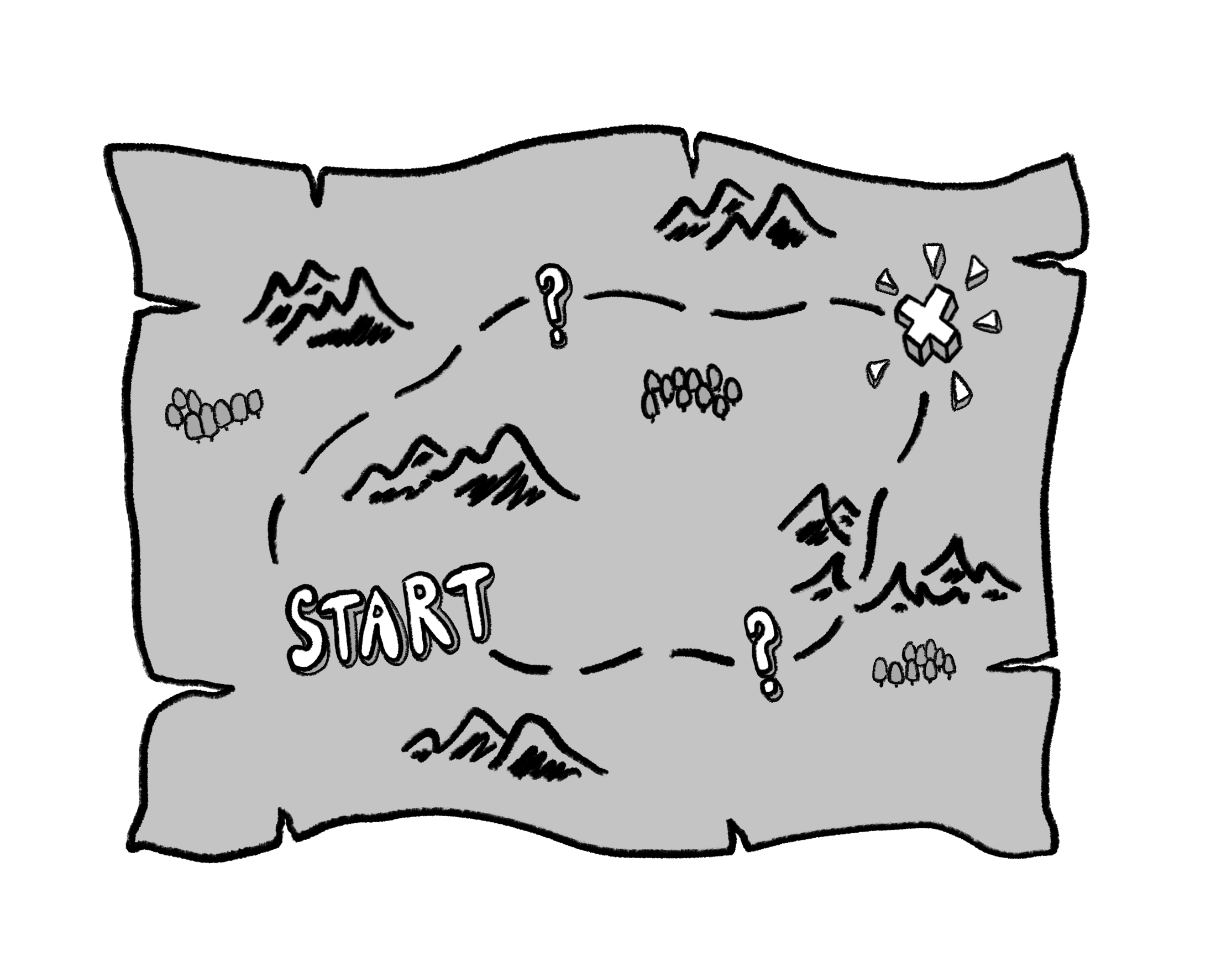
Outcome-Based Roadmapping
When the goal is clear, but the path getting there is open-ended, the results can be quite rewarding and unexpected.
Working in such a way encourages experimentation, collaboration, and creativity in a way that feels oddly unlike work.
Teams that embrace discovery and feel ownership produce some really amazing things.
A bit about me
Over the course of my career I’ve worked with a wide variety of businesses, from small local manufacturing companies to industry giants and cultural leaders in design and technology:
Intel / The New York Times / Facebook / Google / Tetris / PAUL Component Engineering / White Industries / La Marzocco / Stumptown Coffee Roasters
From simple websites, to user research, to AR explorations, each experience has provided me with a wealth of experience that I leverage on a regular basis.
I started as a designer, became a developer, and eventually merged the two when I started seeing that every role is another puzzle looking to be solved. These days I’m excited about the unseen and intangible problems that every team, studio, and business grapples with.
Hi – I’m
A human that likes to build things with other humans.
Curiosity and Optimism.
A potent combo of
natural inclination and intentional mindset.
I’ve got em both
and I know how to use em.
Always be solving
I love a logic puzzle - knowing that there’s a solution is highly attractive to my brain, and it’s probably why I’ve spent the last couple of decades solving puzzles of different shapes and sizes.
When you surround yourself with smart people, a creative task, and some constraints, the work itself is a matter of getting down to it.
Asking Questions
I was the kid who couldn’t stop talking in class. These days I get paid to ask questions every day.
Knowing what to ask and when is a learned skill that I’ve honed over time and it’s one I’m excited to practice regularly.


Pattern Recognition
This feels like a weird superpower no one else can see. Do you also see patterns everywhere you look?
It’s a little woo-woo, but I can see a problem and a path from miles away. It’s saved a project more times than I can remember.
Deep Dives
Hyper-focus, endless curiosity, and the entirety of history at my fingertips.
When tasked with something outside my knowledge-sphere, it’s a wonderful time of learning and ideas.


Navigating Ambiguity
As a developer I solved finite problems. Layout, content – these were the focus of my attention.
As a leader I now spend my time bringing clarity to complex and oftentimes difficult problems. Leveraging my experience, I help teams make decisions and take action to move forward.
Mentorship
My journey has been anything but a straight line, and the experiences I’ve collected provide a perspective that can help others plot their own paths.
As someone who cut their own way into this world, I enjoy mentoring folks who also find creative ways to make a living.


Hands-On Workshops
We’ve got a big problem to solve. We’ve got a pack of sharpies, a pad of Post-It’s, it’s Wednesday and we’re in a conference room.
Hit it.
Visual Communication
Sometimes what we really need is a rallying point. A change of scenery. Or a boat.
Whether it’s a Figjam or a real life whiteboard, creating something unique and memorable can change the whole direction of a project by identifying sticking points and bringing a team together.
It’s also super fun to draw boats and maps!


Constantly Learning
Building things people really want is hard.
Finding things that resonate and improve a person’s experience is never straightforward, but with a simple framework of experimentation and iteration, the odds are better that what you’ll create the something that makes someone’s day.
Functional Orgs
Working with a small team has some great benefits. Teams of designers, engineers, and product folk work across the studio while developing their craft.
It’s like being surrounded by little guilds of wizards who constantly surprise you with the newest thing they’ve made.


Outcome-Based Roadmapping
When the goal is clear, but the path getting there is open-ended, the results can be quite rewarding and unexpected.
Working in such a way encourages experimentation, collaboration, and creativity in a way that feels oddly unlike work.
Teams that embrace discovery and feel ownership produce some really amazing things.
A bit about me
Over the course of my career I’ve worked with a wide variety of businesses, from small local manufacturing companies to industry giants and cultural leaders in design and technology:
Intel / The New York Times / Facebook / Google / Tetris / PAUL Component Engineering / White Industries / La Marzocco / Stumptown Coffee Roasters
From simple websites, to user research, to AR explorations, each experience has provided me with a wealth of experience that shapes how I work these days.
I started as a designer, became a developer, and eventually merged the two when I started seeing that every role is another puzzle looking to be solved. These days I’m excited about the unseen and intangible problems that every team, studio, and business grapples with.
Curiosity and Optimism.
A potent combo of
natural inclination and intentional mindset.
I’ve got em both
and I know how to use em.
Always be solving
Recently on a family canoe trip, my son’s fishing line became a knotted mess - a classic scenario to be sure. We were sitting in the sun alongside the river with nothing to do and nowhere to be.
It took twenty minutes to unravel the line, and in that time my breathing was calm, my I found myself breathing deeply; confident that win or lose, I’d find some joy in just working the problem.
When I apply myself on a professional level, I’m always looking for the loose end I can pull to unravel the knot
Asking Questions
I was the kid who couldn’t stop talking in class. These days I get paid to ask questions every day.
Knowing what to ask and when is a learned skill that I’ve honed over time and it’s one I’m excited to practice regularly.


Pattern Recognition
This feels like a weird superpower no one else can see. Do you also see patterns everywhere you look?
It’s a little woo-woo, but I can see a problem and a path from miles away. It’s saved a project more times than I can remember.
Deep Dives
You’re telling me you don’t see the patterns everywhere?
This feels like a weird superpower no one can see.


Navigating Ambiguity
As a developer I solved finite problems. Layout, content – these were the focus of my attention.
As a leader I now spend my time bringing clarity to complex and oftentimes difficult problems. Leveraging my experience, I help teams make decisions and take action to move forward.
Mentorship
My journey has been anything but a straight line, and the experiences I’ve collected provide a perspective that can help others plot their own paths.
As someone who cut their own way into this world, I enjoy mentoring folks who also find creative ways to make a living.


Hands-On Workshops
We’ve got a big problem to solve. We’ve got a pack of sharpies, a pad of Post-It’s, it’s Wednesday and we’re in a conference room.
Hit it.
Visual Communication
Sometimes what we really need is a rallying point. A change of scenery. Or a boat.
Whether it’s a Figjam or a real life whiteboard, creating something unique and memorable can change the whole direction of a project by identifying sticking points and bringing a team together.
It’s also super fun to draw boats and maps!


Constantly Learning
Building things people really want is hard.
Finding things that resonate and improve a person’s experience is never straightforward, but with a simple framework of experimentation and iteration, the odds are better that what you’ll create the something that makes someone’s day.
Functional Orgs
Working with a small team has some great benefits. Teams of designers, engineers, and product folk work across the studio while developing their craft.
It’s like being surrounded by little guilds of wizards who constantly surprise you with the newest thing they’ve made.


Outcome-Based Roadmapping
When the goal is clear, but the path getting there is open-ended, the results can be quite rewarding and unexpected.
Working in such a way encourages experimentation, collaboration, and creativity in a way that feels oddly unlike work.
Teams that embrace discovery and feel ownership produce some really amazing things.
A bit about me
Over the course of my career I’ve worked with a wide variety of businesses, from small local manufacturing companies to industry giants and cultural leaders in design and technology:
Intel / The New York Times / Facebook / Google / Tetris / PAUL Component Engineering / White Industries / La Marzocco / Stumptown Coffee Roasters
From simple websites, to user research, to AR explorations, each experience has provided me with a wealth of experience that I leverage on a regular basis.
I started as a designer, became a developer, and eventually merged the two when I started seeing that every role is another puzzle looking to be solved. These days I’m excited about the unseen and intangible problems that every team, studio, and business grapples with.
